Where do you go to find surprising true facts from history, backed up by solid sources and told with nuance? You may be shocked to hear the answer is: Reddit. The sub called r/AskHistorians specialises in exactly this, with experts writing in-depth answers to questions about any area of history.
Some answers are straightforward, but often we learn that history is more complicated than we thought, and that assumptions we make about the past aren’t always correct. So let’s take a tour through some of the things you didn’t learn in school.
Football was deadly until Teddy Roosevelt’s day
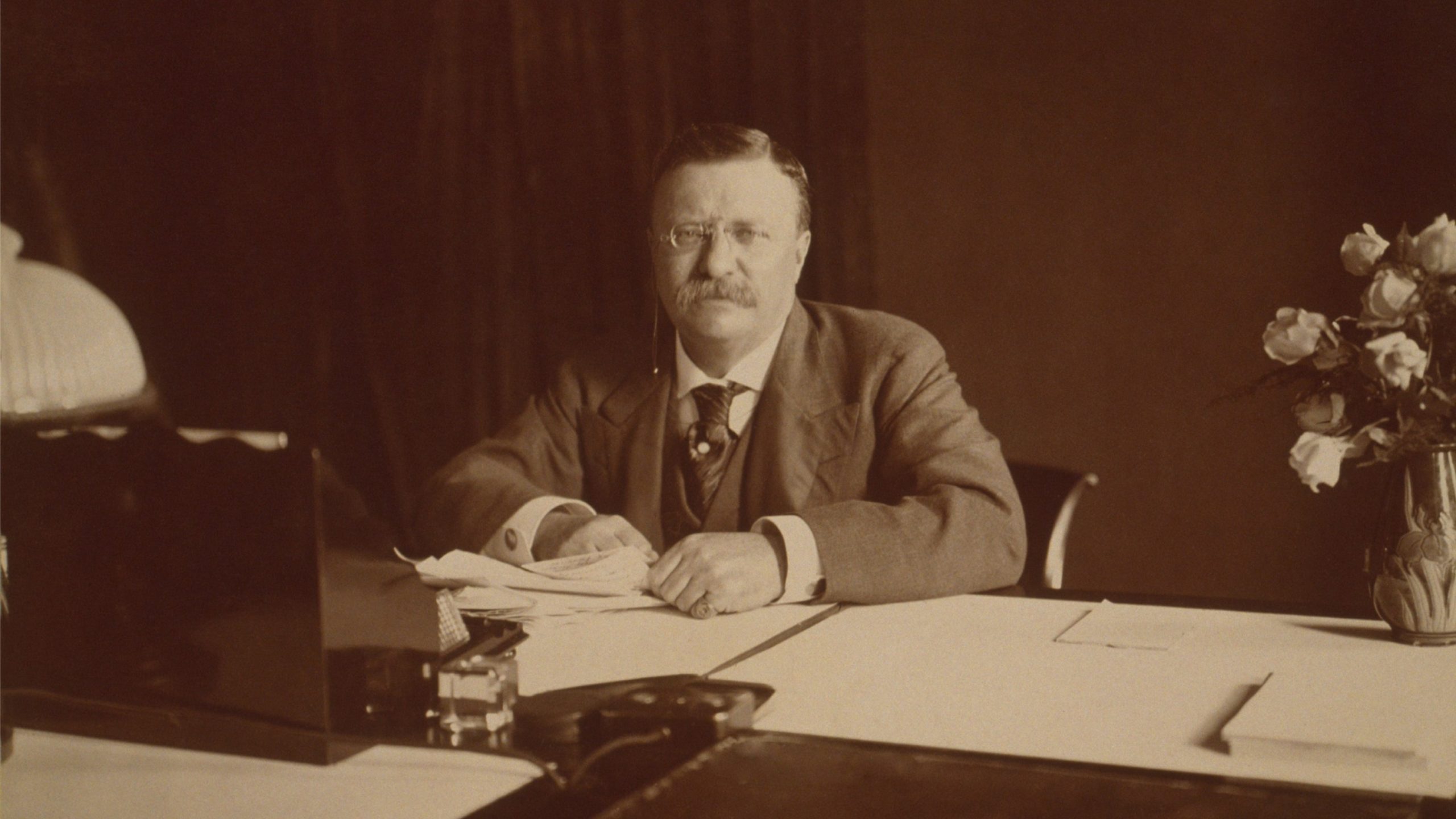
U.S. College football was “basically, Kill the Man With the Ball” until rules were changed in the early 1900s, u/beezdix notes, with death tolls of 18 in 1904 and 19 in 1905. The introduction of the forward pass in 1906 was one of the changes that made the game less dangerous, because it resulted in players spreading out more on the field. President Theodore Roosevelt is often credited with encouraging the rule changes. As the History Channel explains:
Football, however, was fatal, and even Roosevelt acknowledged it required reform if it was to be saved. With his son Theodore Jr. now playing for the Harvard freshman team, he had a paternal interest in reforming the game as well. Fresh from negotiating an end to the Russo-Japanese War, Roosevelt sought to end violence on the football field as well as the battlefield. Using his “big stick,” the First Fan summoned the head coaches and representatives of the premier collegiate powers — Harvard, Yale and Princeton — to the White House on October 9, 1905. Roosevelt urged them to curb excessive violence and set an example of fair play for the rest of the country. The schools released a statement condemning brutality and pledging to keep the game clean.
Women were once considered the sex-crazed gender
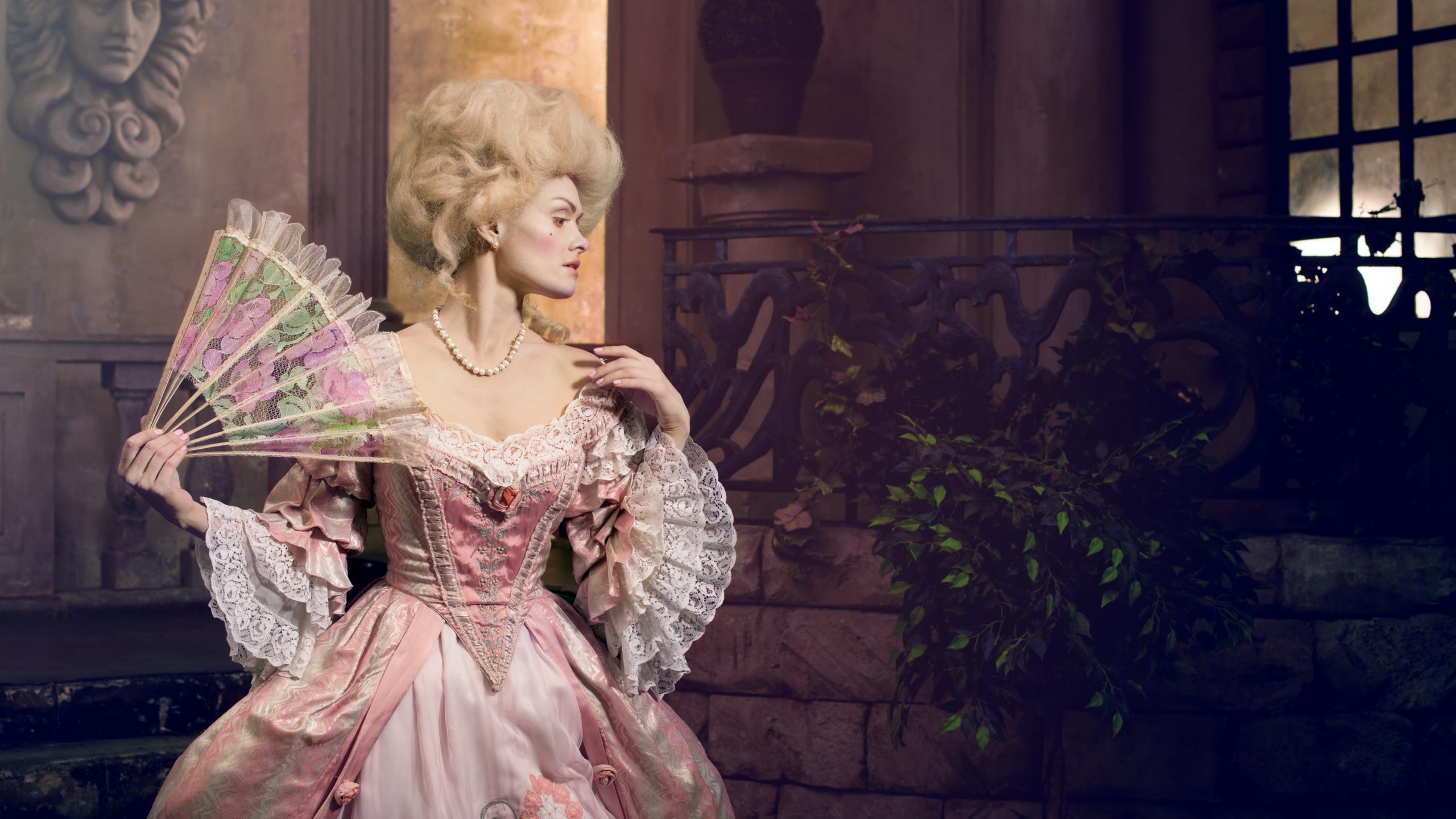
Today’s trope of sex-obsessed men and prudish or uninterested women isn’t universal throughout history. In early modern Europe, for example, it was women who were the “voracious sexual creatures.” u/mimicofmodes explains:
Another point is that early moderns understood the concept of the female orgasm, and drew conclusions from it that we’d now consider bonkers. Since women had a shorter refractory period than men and were capable of multiple orgasms, and men’s physicality was considered the norm, women could be seen as needing multiple partners in order to be fully sated. “Though they be weaker vessels, yet they will overcome 2, 3 or 4 men in satisfying of their carnal appetites,” Thomas Wythorne, Elizabethan musician and tutor, wrote in the sixteenth century. By contrast, a man was capable of being sated by a single woman, and indeed, was pretty much always one and done.
Gunfights at high noon were rare to nonexistent in the Wild West
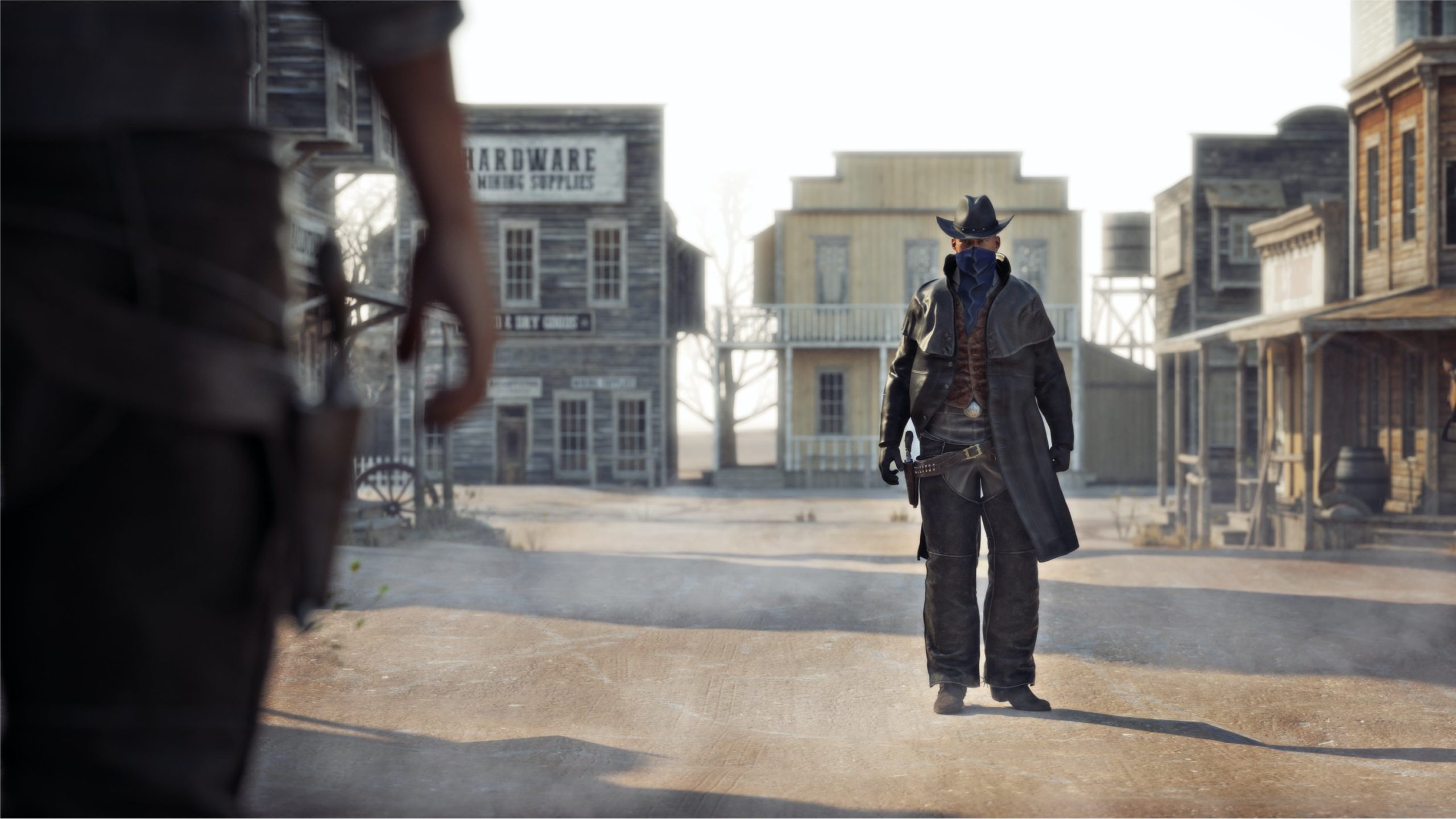
Gun violence was fairly common in the Wild West, but most of it was less dramatic than the duels at high noon depicted in movies; more often, somebody would shoot someone else during an argument (which is also a common form of gun violence today).
The prototypical “Western” shootout wasn’t even fought in what most people picture when they conjure up an image of “the Old West”, actually. The shootout between “Wild Bill” Hickok and Davis Tutt was in 1865, and occurred in Springfield, Missouri. The two former friends had fallen out, and when Hickok lost his watch to Tutt in a card game, that was the last straw, telling Tutt that if he saw him wearing it, he was going to shoot him dead. Not one to back down from a fight, Tutt did just that the next day, meeting Hickok at the town square, where the both drew and fired, Tutt falling dead and Hickok unharmed. While it wasn’t actually at noon, this encounter nevertheless was what legends were made of. It would later serve not only as part of the aura surrounding “Wild Bill”, but form the basis for the entire concept of the ‘quick-draw showdown’ that still populates the Western genre today.
Duels often made accommodations for participants with disabilities
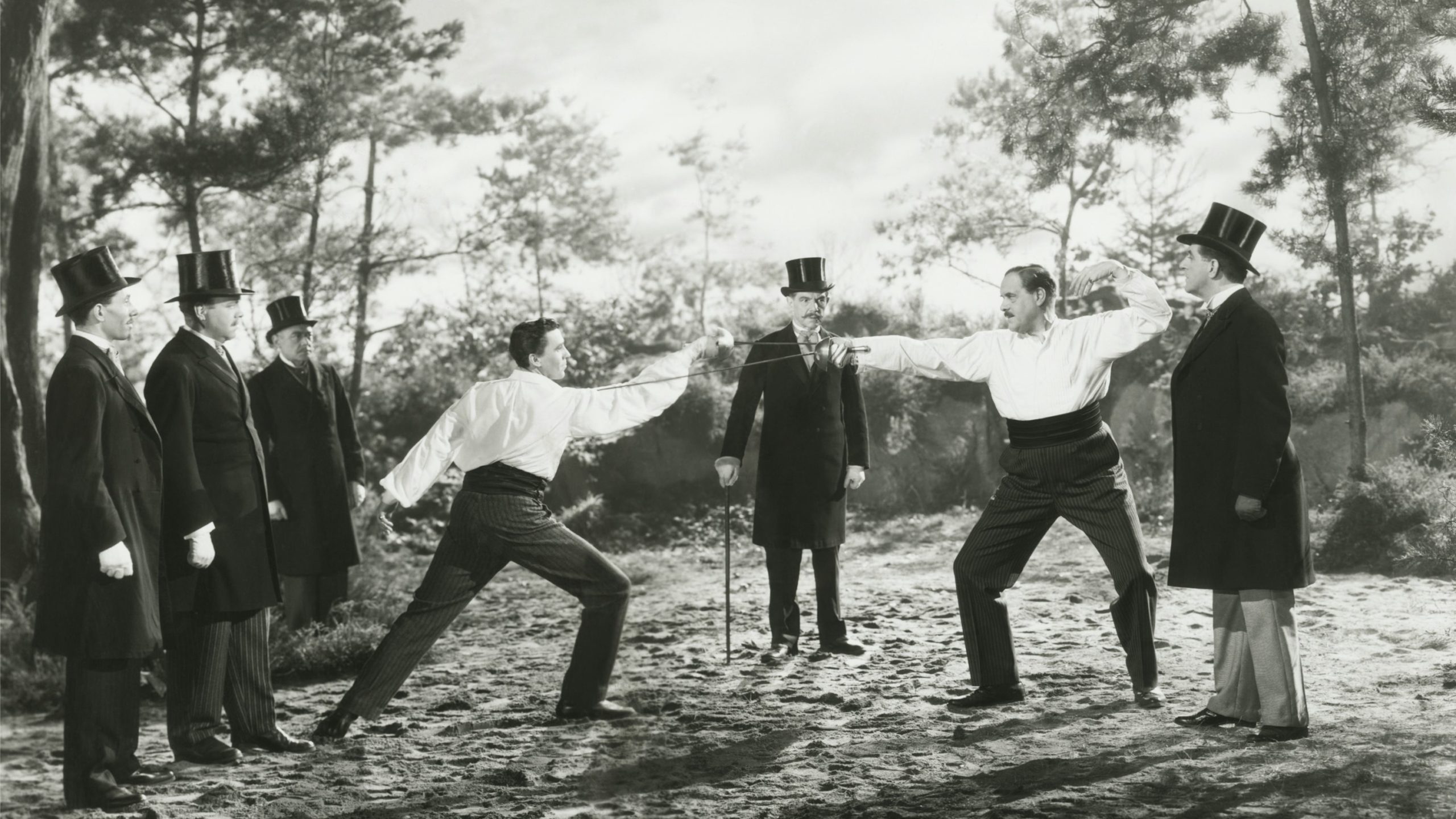
How could you expect to sword fight a challenger for your honour if you were missing an arm? It turns out the rules of duelling accounted for this. Duels were to be fights between equals, so if somebody challenged you to a duel, it would be their responsibility to make sure the fight was fair.
it was considered proper by many dueling authorities to find ways to handicap the non-disabled challenger to put them both on as equal grounds as possible. Basic examples that were followed here would include patching over the eye if the challenged party was missing one. More serious writers would go so far as to contend that merely covering was not sufficient, and the challenger ought to have their own eye put out, the argument being that although covered, knowing he nevertheless had a second eye created a disadvantage for the other man since while he could afford to lose one, his opponent couldn’t!
Just how extensively this was practiced in the late 15th to early 16th century is unclear, but it is generally unmentioned by the mid-16th century, and to be sure other writers on honour and dueling considered it to be an absurd suggestion from the start. Other ways to bring about physical quality which can be found in texts from the period include weakening the challenger by forcing them to fast prior to the fight, or by performing a bloodletting, but this too started to die out by the early 1500s, leaving only the temporary handicappings to be followed.
Ancient Greeks and Romans probably didn’t believe their myths were literally true

Just because we call Greek and Roman mythological figures “gods” doesn’t mean they were taken seriously. As u/mythoplokos points out, our distinctions between myths and facts, or religious and secular, didn’t necessarily exist throughout all of Greek and all of Roman history. To take a few snippets from this answer:
Whether most people believed into Iliad, Odyssey, or Aeneid is a bit difficult to say. Is it too annoying to just say some of them would, some of them didn’t? …
Did the Romans believe in Tartarus, Cerberus, River Styx, ferryman Charon, and all that? The real answer is probably: yes and no. The Romans simply did not have consensus on how to explain after-life, or only one accepted version. …
One funerary stone springs to mind, which features separate verses for the dead husband and wife. The husband’s verse is very much in line with Epicurean philosophy, saying that he’s in a happy state of non-existence; but the wife’s epitaph is very much about the ground weighing heavily on her while she wanders in the gloomy fields of Hades. It is possible that the wife and husband had different outlooks, and they wanted their own ones commemorated on the stone; but the more likely conclusion seems that the both belief systems are used as ‘empty’ poetic conventions of Roman funerary monuments.
Rome didn’t exactly “fall”

The once-grand Roman empire became less grand over time, but u/shlin28 responds to a question about the fall of Rome by saying: “But did Rome fall?” The answer is long and complicated, but here’s a brief summary:
The idea that Rome collapsed in fire and blood seems to be an enduring narrative in the popular imagination, but it is far less clear that it is the case amongst academic historians. The empire weakened significantly in the fifth century, particularly with the fall of North Africa to the Vandals and the repeatedly failure of imperial expeditions to reconquer the region, but did it end with Roman liberties being trampled by barbarian soldiers? No, it did not. As Guy Halsall put it, Rome was not murdered, as it had instead ‘accidentally committed suicide’.1 No-one, whether ‘barbarian’ or Roman, had actually wanted to bring the empire down – they instead sought to improve their own positions within imperial structures, which often meant defeating other people doing the exact same thing.
Sailors worried about sunburn
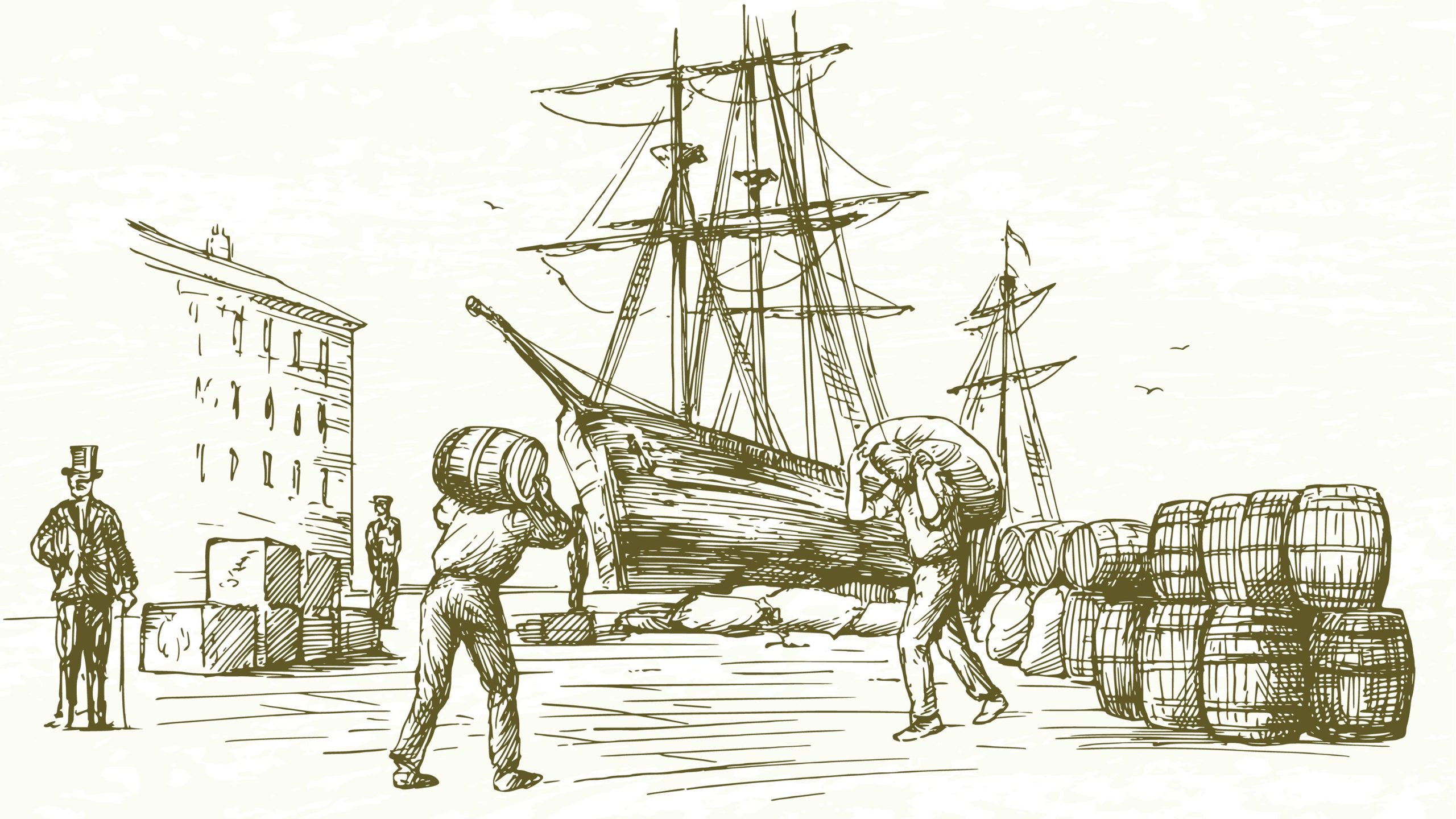
Sunscreen wasn’t invented until modern times, so how did pale-skinned sailors deal? It turns out they had several layers of protection. Redditor u/terminus-trantor points out that ships’ decks often had a tent or awning to protect workers on deck from the sun. And u/jschooltiger noted that long-sleeved, light-coloured clothing was popular (the forerunner to the uniform “sailor suit”). In addition:
If sailors did get sunburned, there would be a variety of contemporary remedies, such as using grease (likely slush from the galleys) to cover the affected area, or soaking it with wet bandages, etc. Most sailors working in the tropics likely developed a fairly deep tan over time regardless of what protections they took from the sun.
Honey in the Americas didn’t come from honeybees

Honeybees are European, but we know that people in the Americas used honey in their food and drinks. The Mayans used it in a liqueur called xtabentún, for example, and a ceremonial drink called balché. In a question on r/AskFoodHistorians, u/planetnp reveals that people in what is now Mexico got their honey from the wasp Brachygastra mellifera, and u/Ignis_Vespa adds that the Mayans used a native bee called Melipona beecheii.
As of now, there are plenty of organisations in the Yucatán Peninsula trying to bring back the consumption of Melipona honey, which is amazingly healthy and even used as medicine, but they’re fighting deforestation, industrial pig farms, other bees, pesticides, and the Mennonites’ illegal soy plantations.
Why we talk about “9 to 5” jobs

We speak of full-time work as a “nine to five” job, even though most jobs don’t actually require those hours — eight to five is probably more common. So why did Dolly Parton sing about working nine to five? It turns out, u/jbdyer says, that phrase has been common for at least a hundred years, and often referred to working hours for women, or for people in a low-stress, cushy office job. It wasn’t a particularly common schedule:
9-to-5 certainly did not describe a typical job. It described, in some sense, an ideal job.
Why the heart was once considered the source of emotions

Brains are weird bits of mush inside our skulls, and ancient cultures often didn’t fully realise their importance. (They knew more than we often assume they did, though — the Egyptians studied brain injuries.) But why, then, did they often believe the heart, instead of some other organ, is the seat of emotions or thoughts or the soul? Redditor u/hillsonghoods traces the history of this idea in Europe, and calls out one very intuitive reason this may have been:
When you’re calm, your heart goes ba-boom…..ba-boom. When you’re not, it goes more like boombabombaboombababoombaboom.
Vanilla was a rare “luxury flavour” until 1874

Even though we think of vanilla as the plainest possible flavour, it used to be rare and exotic to people in most parts of the world. The vanilla orchid had to either be grown in its native habitat, or hand-pollinated (a process that was invented in the mid-1800s). So why is it in ice cream today? u/fisch09 points out that vanilla was the first luxury flavour to be produced synthetically. It became cheap enough to use commercially right in time to catch the ice cream boom:
By 1900 the US saw a rapid increase in the sale of both vanilla beans and synthetic vanilla corresponding to the expanding role of sweet foods in American life. Technological innovations created the ability to manufacture ice creams, chocolates, and other confectionary items on a large scale at a low price. Both artificial vanilla and vanilla beans prices continued to decrease throughout the early 20th century. Sugary vanilla flavored treats became everyday indulgences due to the wide availability of cheap sugar and artificial vanilla.
Baseball became popular because of the Civil War
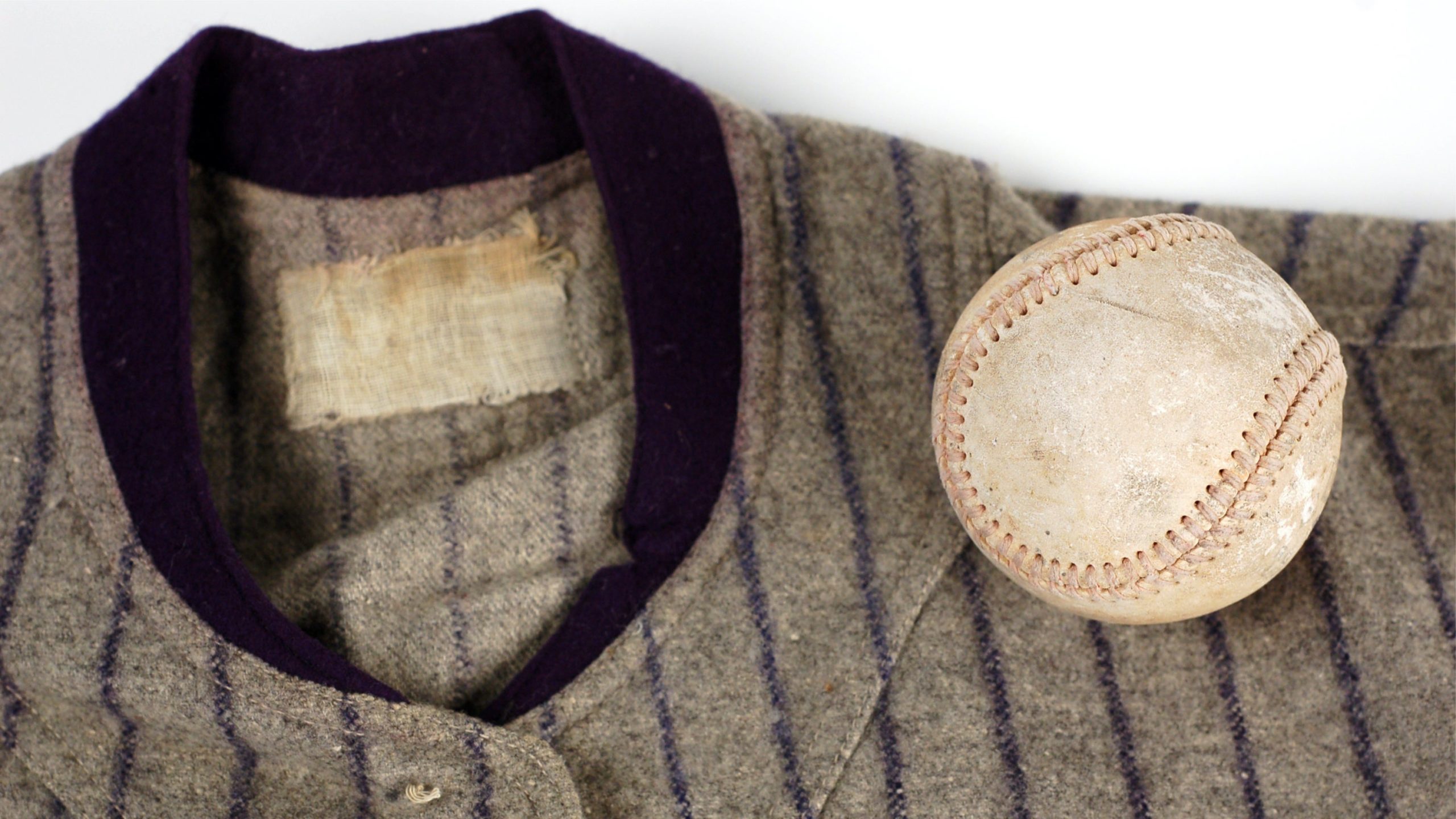
The most popular sports in the U.S. are different from those in other countries; we play a lot less soccer and a lot more baseball. u/Georgy_K_Zhukov writes that a game very much like the one we know as baseball had a sudden boom after the Civil War, because it was a popular one for Union soldiers to play when they weren’t fighting. The New York “Knickerbocker” rules spread throughout the union.
Either way though, the answer is the Civil War. It created a wide fan base for the game in a very quick amount of time, hence why baseball immediately was able to field teams all over the country so early, as opposed to a league like the NFL which was just in the Midwest originally. (And by all over the country I mean in the North, and East of the Mississippi… but that is still pretty impressive for the 1870s. There were teams from St. Louis all the way to Boston!)
Before astrology, people probably didn’t know their birthdays

While calendars and timekeeping were important to many cultures throughout history, they were usually for reasons relating to weather and seasons. It didn’t really matter how old you were, and few people would care exactly which day they were born on. u/Atramhasis writes that birthdays didn’t really become a thing in ancient Persia and Greece until astrology became popular:
So to answer your question directly, this is the point where more and more people would have been interested in the exact day of their birth. Astrology uses the position of the planets in the zodiac on your day of birth most prominently, and so if you wanted to get a horoscope that was accurate you needed to know your exact birthday. I would imagine there were a lot of people who would make up a day and not be certain, but often the way you would even know your birthday was that your parents would have your horoscope cast shortly after you were born. Prior to the “democratization” in a way of astrology, I expect you are correct that very few if any individuals felt the need to keep track of their specific birthday, and would be content only to know the passage of months and years.
Most Civil War amputations were done under anesthesia
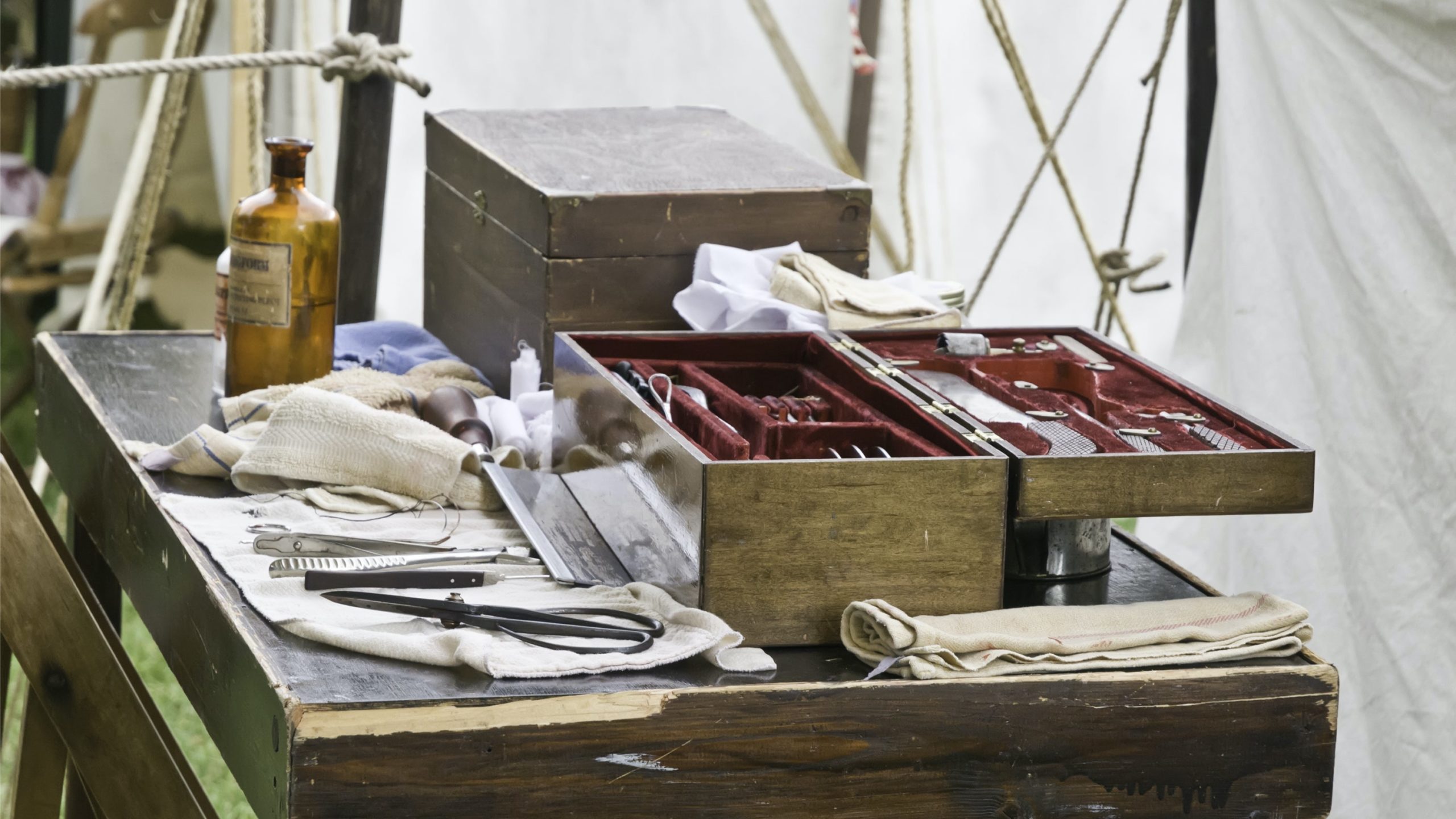
Thanks to movies, most of us have the impression that battlefield surgery in the Civil War era was brutally painful. But 95% of amputations were done with anesthesia, u/Thrabalen points out. Chloroform was the anesthetic of choice, and ether was also available. But that doesn’t mean these surgeries looked like modern day ones. According to the linked source:
Only a low dose of anesthetic was used during the Civil War, just enough to make the patient insensitive to pain. Surgeons worked quickly and could complete a major operation in a matter of minutes. Many men moaned and moved about due to the agitating effects of a light dose of anesthetic.Some had to be held down by assistants, but they were unconscious and could not feel pain. Outside observers may have assumed that the men were being operated upon with no anesthetic, not understanding that the groans and thrashing movements were caused by the chloroform or ether. These observations, combined with Civil War bullets found with pig’s teeth marks, have helped lend credence to the myth of “biting the bullet.”
Grimm’s fairy tales weren’t the original versions

Disney chose family-friendly storylines for their fairytale movies, even though many of the stories have an older and more gruesome version in the Grimm brothers’ collection. But the Grimm brothers weren’t the only people who collected and told fairytales. The stories often predate their most famous written versions, and usually had multiple versions — some with happy and some with sad endings — before either Grimm or Disney got to them. They also weren’t necessarily meant for kids.
There’s a lot of versions where [Little Red Riding Hood] dies and a lot of them where she lives; it kind of depends on where the stories are from and what point the society it came from is trying to impart to people. The purpose and meaning of a particular tale varies depending on the author/teller/collector, what they’re trying to achieve with the tale, and who their audience is. Perrault was writing for the French aristocracy; the Brothers Grimm were (supposedly) attempting to collect the folklore of the peasantry for scholastic purposes.
…no, children were not originally the target audience of fairy tales. Children were often included in the audience, but they were not the primary audience. As such, the tales had lots of violence, lots of sex, lots of bawdy jokes and references, and lots of frank discussion about issues that impacted the storytellers’ worlds. For some context on when these stories might have been told, women often told such tales to each other while doing domestic work, chores, and other activities, or together with men around the fire after the children had gone to bed.
The silly illustrations in medieval manuscripts were put there on purpose
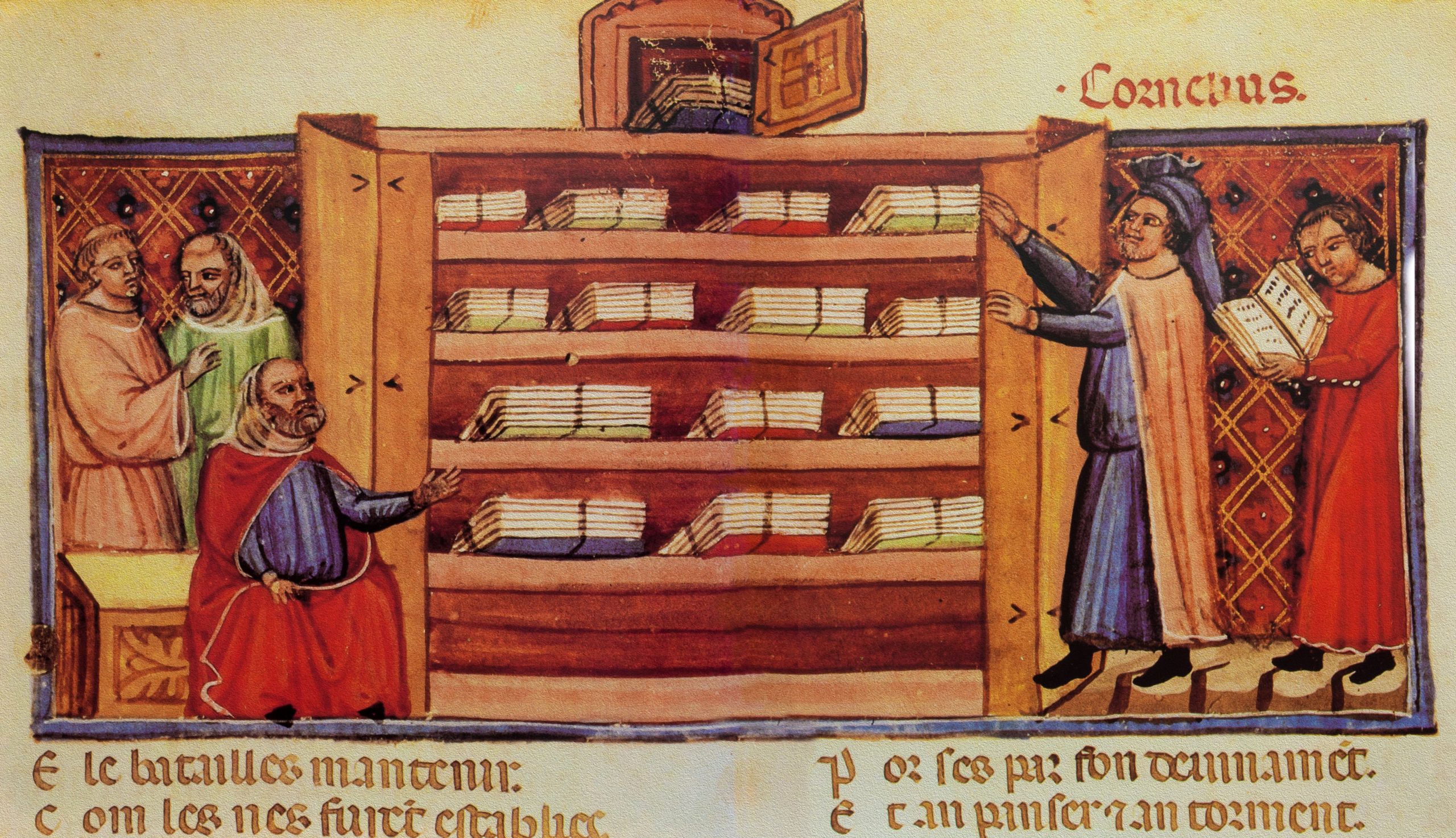
Medieval illuminations range from serious to silly, and we might assume that jousting snails and mooning monks were jokes inserted by a scribe who was getting away with something. But u/rimeroyal tells us that often they were silly or distracting on purpose.
Nearly every single page [of one book] has some kind of bizarre figure in the margins, ranging from knights dueling snails to disembodied heads with chicken legs to…well, you get the idea. A lot of money went into this psalter — the doodles are deliberate. What purpose they serve is kind of an ongoing debate, since we don’t have a blunt explanation about them, but because this is a religious text, one suggestion I’ve seen is that they’re supposed to be distractions that tempt you to look away from the sacred text and waste your time quietly laughing at the buttholes.
Archaic laws kept married women from taking out their own loans into the 1970s in the US

If you’ve heard of Ruth Bader Ginsburg’s role in fighting for the 1974 Equal Credit Opportunity Act, you might know a bit of this story: In some parts of the U.S., married women couldn’t take out a loan without their husband co-signing. u/sunagainstgold points out that this rule was a holdover from medieval European laws called couverture, which held that married (“covered”) women didn’t own property of their own, but shared it with their husband.
In the 1970s, some degree of coverture laws continued to apply in U.S. states like Louisiana, although very few of them. A series of Supreme Court decisions extended equal protection laws to marital status, which feminist legal scholars have considered to mark the final death of coverture. (I think this is why the AskReddit user’s source picked out the 1974 law as significant, although not the significance that the post claims). Louisiana’s “head and master” law, which legally placed the husband in control of the marriage and marital assets, was finally abolished by the Supreme Court in 1981 in Kirchberg v. Feenstra.
Clowns’ distinctive makeup comes from one particular clown

The classic clown stylings we know today have specific origins, according to u/Bodark34. One of those, the white-faced Joey, is supposed to look like a child who has eaten a jam tart:
Joey comes from Joseph Grimaldi, the immensely popular English clown of the early 19th c. His makeup was a white base with black eyebrows, red lips, and large red triangles on the cheeks that supposedly were to imitate the look of a child who’d been gorging on a jelly tart. In the simple and limited stage lighting of the time, the clear marks on a white background made his facial expressions very clear- an important thing for Grimaldi, who had a very wide range of them. There have since been many variations on joey makeup- clowns are supposed to create their own personal look. But it had nothing to do with African stereotypes.
The musket was a short range weapon
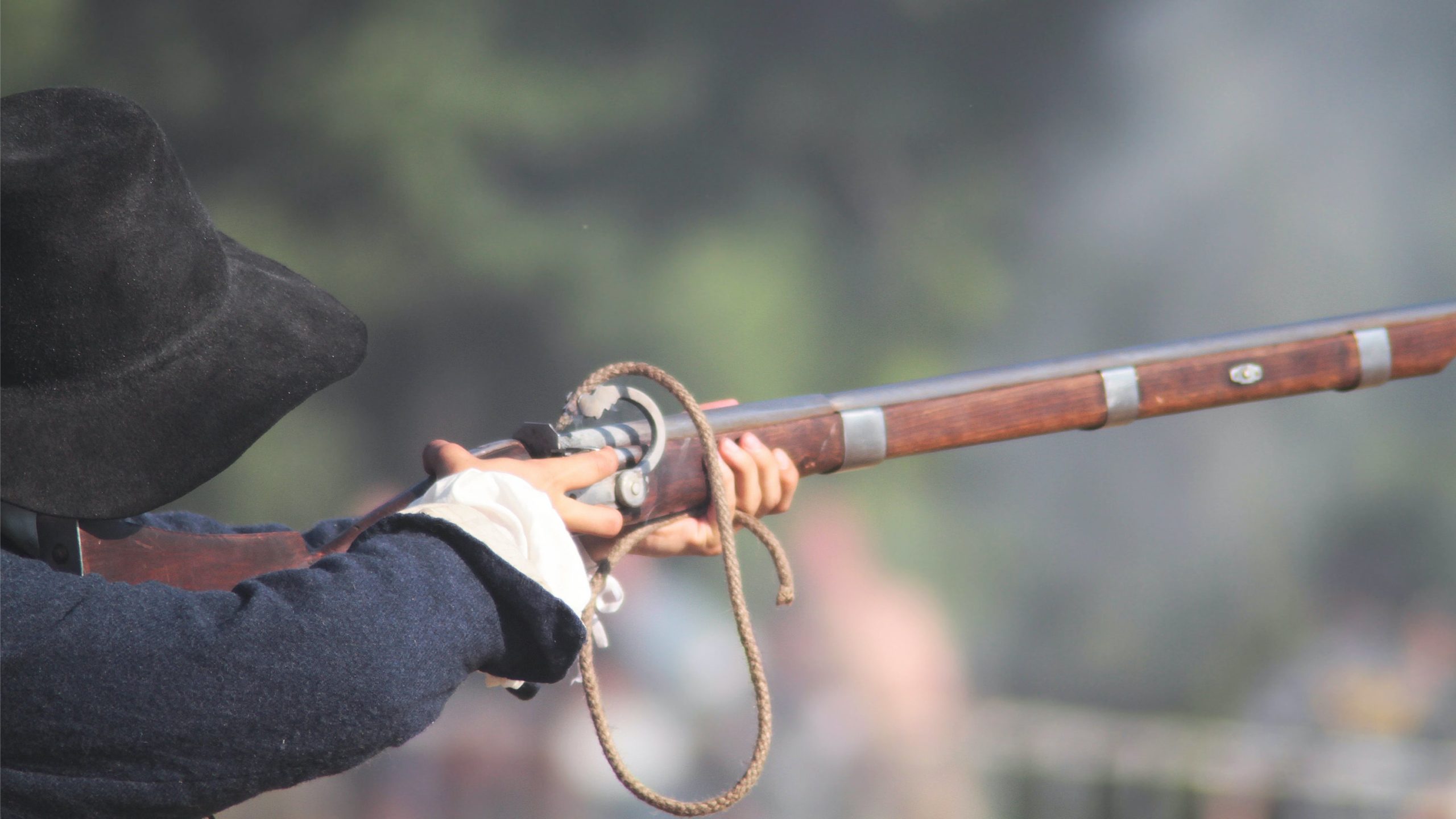
Archers could shoot farther and with better accuracy than musketeers; they could also multiple arrows in the time it took to load a single musket ball. So why did firearms dominate battles of their time? u/wilymaker goes over the reasons. One of the big ones: distance and accuracy didn’t matter that much, since most of the fighting was done at close range.
in the end the musket is not really significantly worse than the bow, nor really is the bow worse than the musket … the bow might have way better rate of fire but the musket is just a much more powerful weapon, a skilled archer might have greater range but any person without enough strength to use a bow is better fitted with a musket anyways. If you look outside of Europe you’ll find that armies kept using bows well into the 19th century because a cultural tradition of archery continued to exist and thus ensure the existence pool of proficient archers, but this did not mean that they didn’t use muskets, on the contrary they used them in significant numbers and to great effect along with bows, with the latter providing short quick bursts of arrows while the former provided more methodical and punishing fire.
“Duck and cover” wasn’t actually a bad idea

Schoolchildren in the 1950s were taught to hide under their desks in case of a nuclear attack. This “duck and cover” strategy has become a joke since a desk isn’t going to save you from an atom bomb, but the strategy’s origins actually make sense.
Careful study of Hiroshima and Nagasaki, as well as modelling nuclear effects, makes it quite clear that for people who are in a medium-to-light blast area, “Duck and Cover” does a great job at reducing burns and injuries. Even for people in a heavy-blast area, there are pretty significant mortality differences between people who are taking shelter and people who do not. Your chance of survival might go from 10% to 30% in some zones, for example. Does that matter? If you consider that 10% to 30% might be tens or hundreds of thousands of lives — then sure, that matters. But if your benchmark is “total survival” — then you’ve misunderstood the campaign, which never promised that.
Dentures were often made with teeth stolen from battlefields

Teeth from dead people were a significant source of supply for dentists, who often didn’t ask questions about exactly where they came from. u/mikedash looks into the tooth trade:
Criminals and soldiers … had the advantage that they mostly died young, and with their mouths in better states [than people who died of natural causes], and their teeth were especially prized. This helps to explain the assiduity with which the mouths of dead soldiers were harvested in the aftermath of battles throughout this period, both by the enterprising comrades of the dead and by camp followers who moved in immediately after the fighting ceased to take what they could from the deceased – and, all too often, the still-just-alive as well.
Historians don’t always love “true story of…” stories
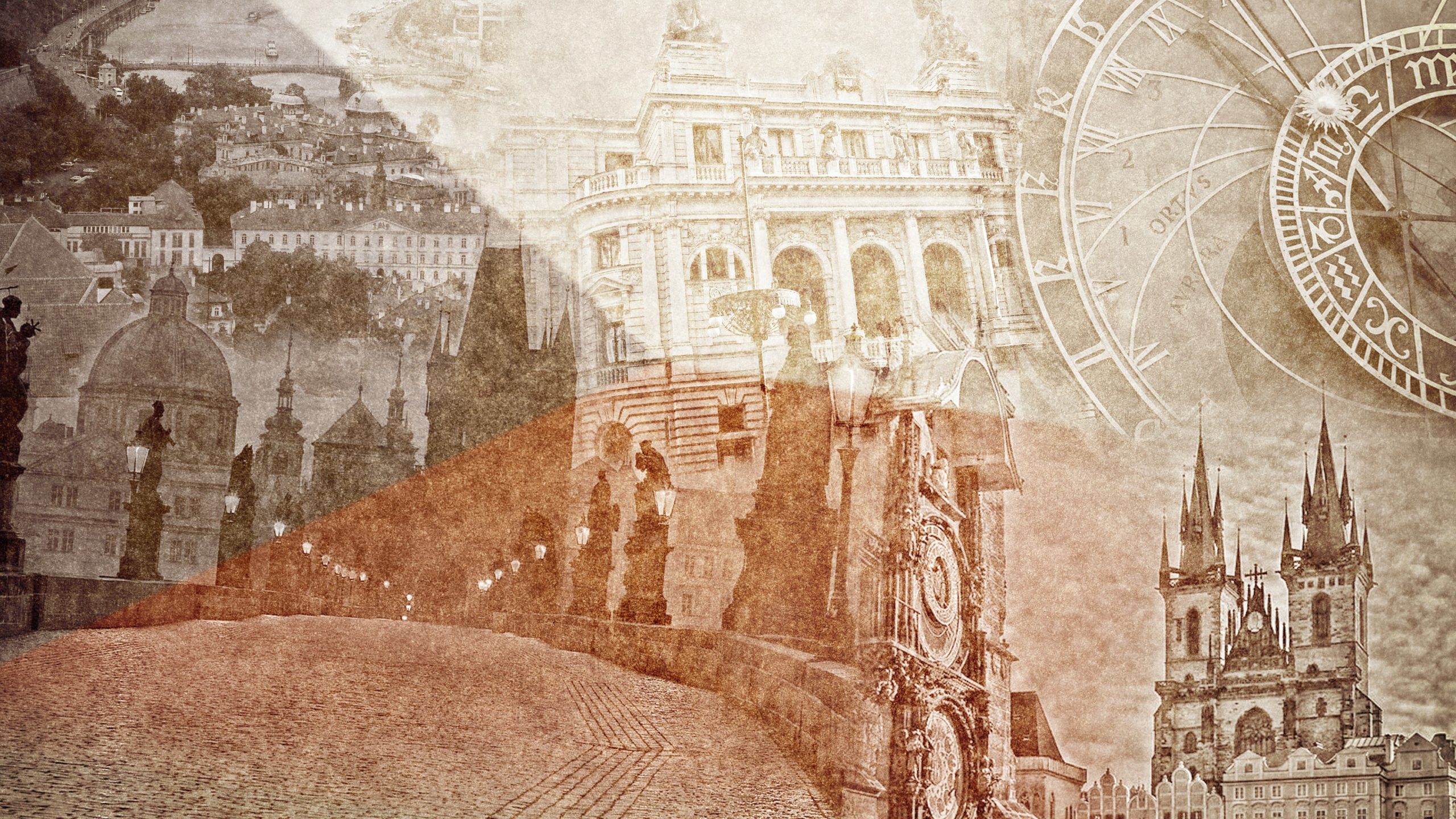
History is a process of gathering and considering information from a variety of sources, u/CommodoreCoCo writes, not a quest for a singular story that is the “truth.”
That [the author of Lies My Teacher Told Me] is so obsessed with which stories to tell, and not how to actually teach History as a field of study, is itself the problem. …I cannot understate the importance of a diversity of sources. We can never really “know the truth,” and even then “the truth” is so multi-faceted that it is hardly “a” truth. The best we can do is examine all of the resources at our disposal, contextually evaluate them, and craft some kind of narrative with a conscious perspective. In my own studies I must frequently fight for the incorporation of voices that don’t fit the “dastardly Spanish colonialist” or “Quechua-speaking indio with a peaceful spirituality” archetypes.
The truth is: if you think choosing the right story is what it takes to get students interested, you’re teaching wrong. If you think that telling a story “warts and all” is what nuance means, you’re teaching wrong. History is a process, it’s a study, a constant re-interpretation- so why the heck are we listening to someone lecture for 10 chapters about what the “right” history is and about all the “facts” that we’ve been missing out on?

Leave a Reply
You must be logged in to post a comment.